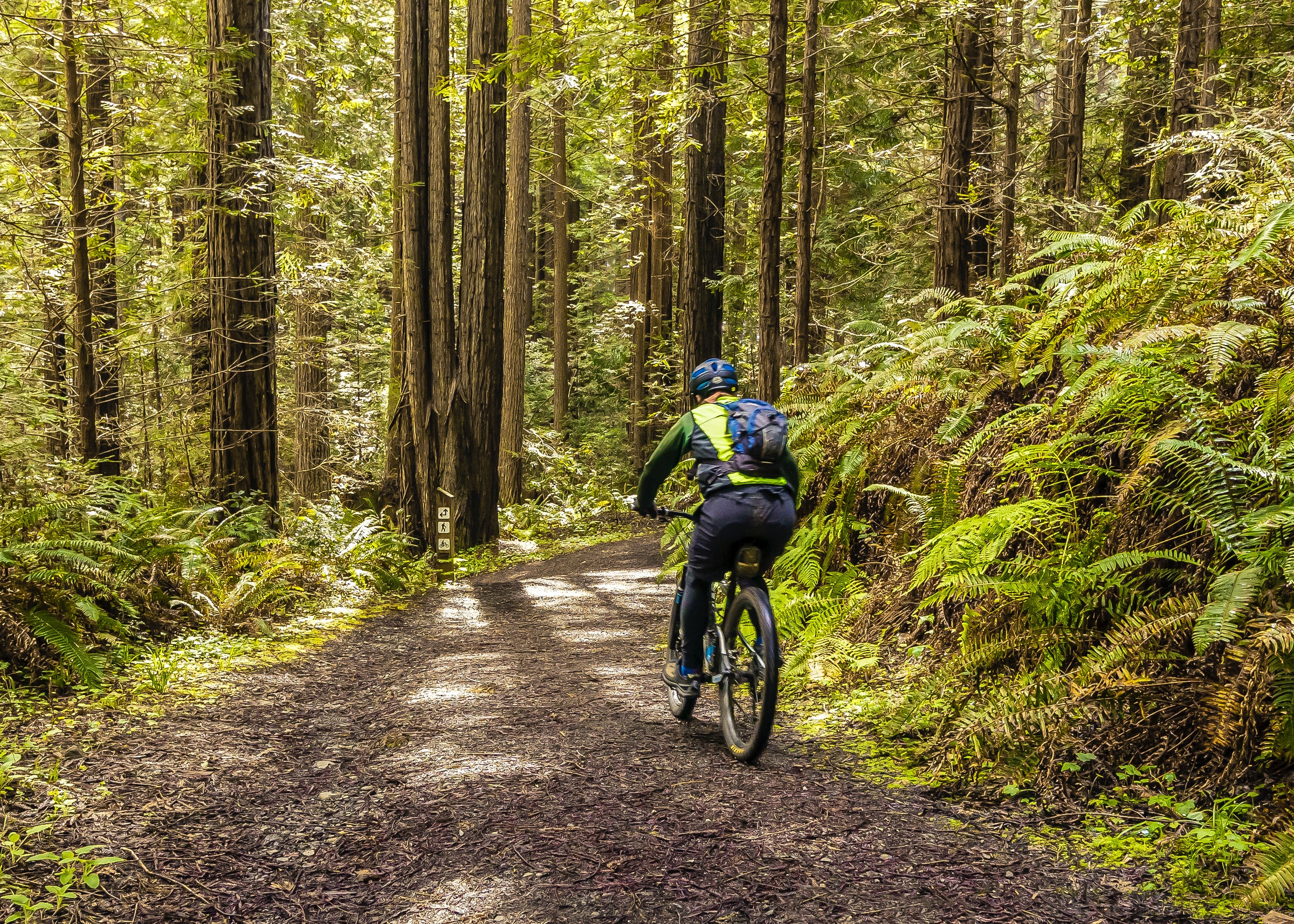Mountain biking provides an intense cardio workout that torches calories. The exact amount depends on the riding duration, pace, terrain, and your weight. Read on to learn how to estimate calories burned mountain biking based on key factors.
Calorie Burn Rate Basics
As a general guideline, most riders burn 500-1000 calories per hour of mountain biking. However, differences in intensity and bike handling skills produce a wide range for calorie expenditure. Fitness level also plays a role, with well-conditioned riders deploying energy more efficiently. Tracking time spent riding makes it possible to ballpark total calorie burn using an average rate. But paying attention to ride intensity and heart rate provides added context on how hard your engine ran.
Impact of Ride Intensity
Greater riding intensity directly translates to more calories burned mountain biking. Long steady endurance efforts generally net 500-700 calories per hour. This resembles zone 2 heart rate training with breathable pace. Conversely, hammering up sustained climbs or repeatedly attacking short steep pitches burns around 800-1200+ calories per hour. This zone 4 to 5 level effort resembles HIIT training. While unsteadily sustainable, these harder ride sections Judiciously deploying intervals to include both endurance and intensity yields ideal calorie scorching. Mixing in muscle-building strength moves like lunges and squats further elevates metabolism. Seeking out technical trail features demanding full-body bracing and bike handling skills also ups calorie burn through core engagement. In short, pace variation and whole body riding incinerates the most calories.
Considering Rider Weight Class
Heavier riders burn more calories mountain biking at the same given intensity level. This proves especially true climbing, where power-to-weight ratios dictate speed. Lugging more mass uphill requires greater wattage output. Plus sized riders also gain a muscular advantage with strength moves engaging larger frames. However, calories burned factors absolute effort rather than percentage of functional threshold power. So while heavy riders deploy more gross energy mountain biking, smaller riders work at relatively higher intensity burning fuel at similar rates. In the end, all body types burn major calories through varied mountain biking. Focusing on skills progression and fitness development assure the greatest gains regardless of starting point.
Calories Burned Climbing vs Descending
Climbing burns far more calories mountain biking than descending. Uphill efforts require continuous muscle contraction against gravity. This muscular strain elicits increased calorie burn to fuel hard efforts. Exact amounts depend on climb steepness and length, requiring anywhere from 50-150% more energy than flat land riding.Meanwhile descending offers a reprieve where momentum and gravity provide assistance. Utilizing an aero tuck position further minimizes wind resistance. Freewheeling downhill burns 30-50% fewer calories than cruising on flat terrain. However, active descending with controlled braking and absorption of trail obstacles maintains elevated calorie burn rates. Avoid passive descending to maximize workout gains.
Impact on Calorie Burn by Bike Type
The type of mountain bike used also influences calorie burn rates while riding. Rigid singlespeeds require the most energy output, resulting in heavy respiration and elevated heart rates. Lugging extra bike weight stresses the body further increasing calorie burn. Full suspension mountain bikes enable carrying momentum with greater efficiency. However hitting jumps and technical trails demand added core bracing equalizing outputs. Meanwhile power assisted e-bikes provide genuine movement but less muscular strain. Riders can achieve similar calorie burn by extending distance and duration. But for maximum fat incineration, traditional mountain bikes prove most demanding workout tools.
Estimating Calories Burned
Tracking calories burned mountain biking requires quantifying duration, intensity, terrain, bike type, and weight. Apps like Strava overlay heart rate data to estimate caloric expenditure based on graded MET values. While not perfect, these readings correlate intensity with categorized burn rates. Tracking total moving time provides a baseline for multiplying against calorie rates per hour. Factor 400 calories for flat cruising pace, 700 for steady cardio effort, and up to 1300 for intense intervals. Finally tailor estimates higher by adding calories for technical descending, climb pitches over 10%, strength moves, and rider mass over 180lbs. Dial in these variables both during and across multiple rides to accurately quantify caloric expenditure for maximum fat burning gains.
In the end, mountain biking checks all the boxes for an incredible calorie incinerating exercise. The combination of cardio endurance, muscular strength, bike handling skills, and mental focus required offer a uniquely holistic workout. Lean riders attack miles to sharpen sustainable pace and endurance needed for epic backcountry rides. Meanwhile heavier riders spur metabolic conditioning optimizing calorie burn. Committing to progressively longer rides interspersed with interval days provides the ultimate recipe for combustion. Maintaining intensity while increasing duration and skill development assures continually greater caloric expenditure. Making mountain biking part of weekly training habits pays back tenfold in fitness. So get out and ride knowing every mile contributes directly to higher calories burned and better health.






